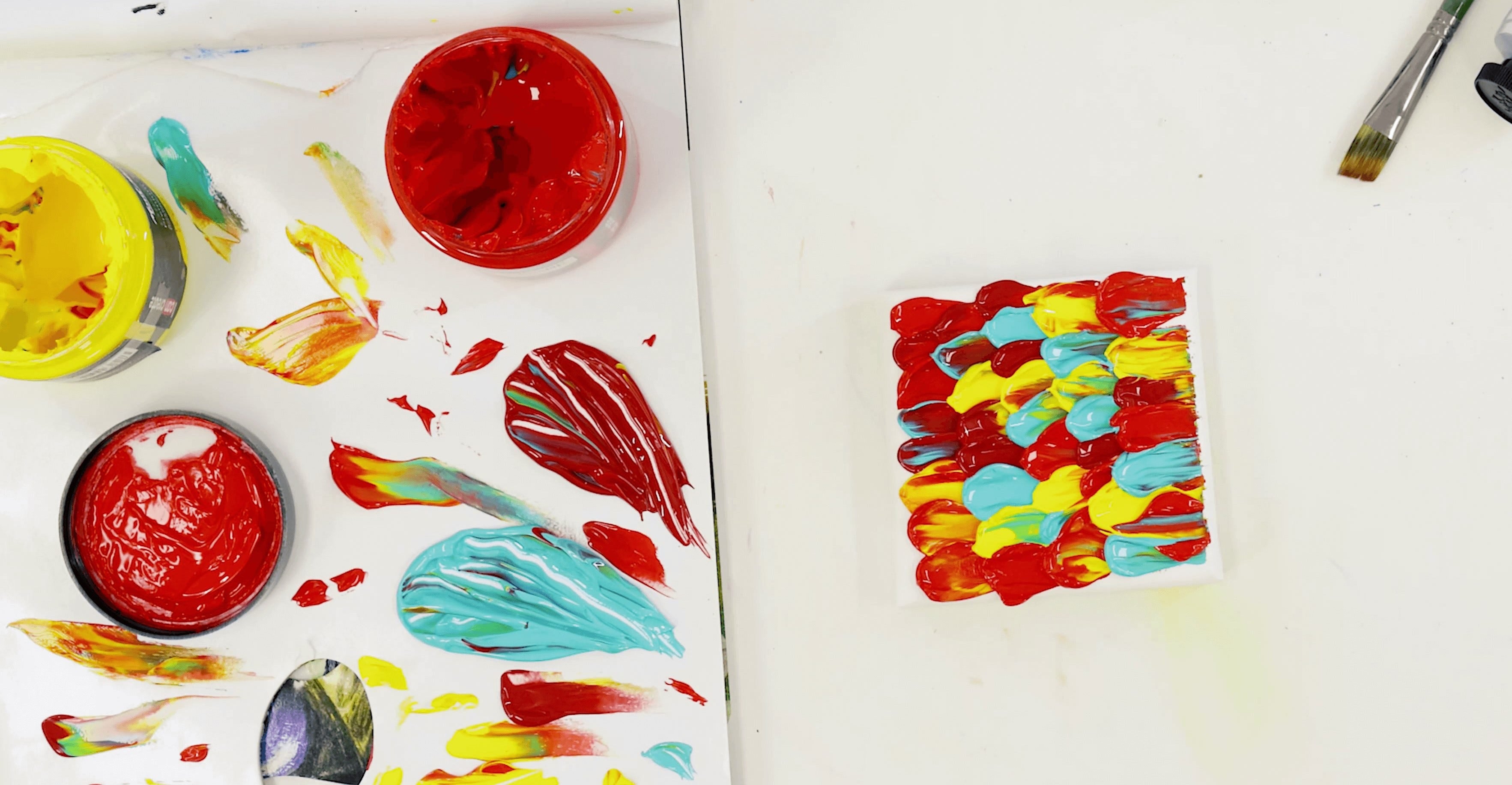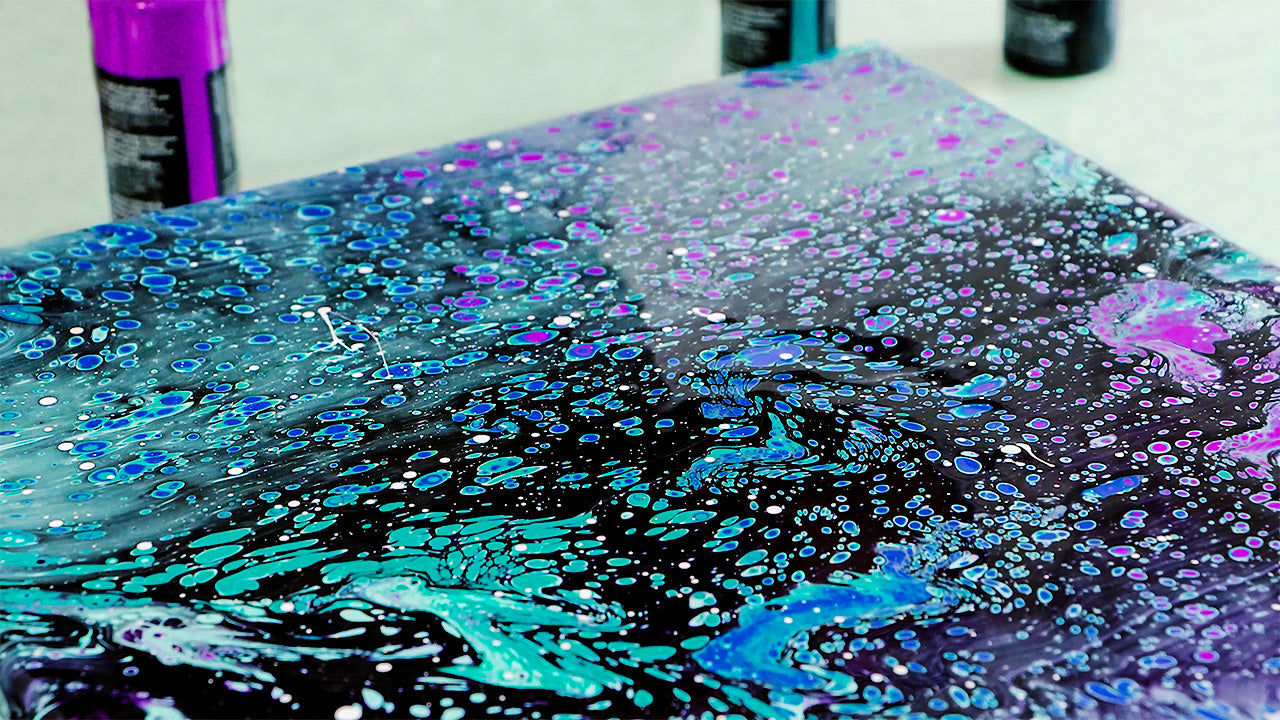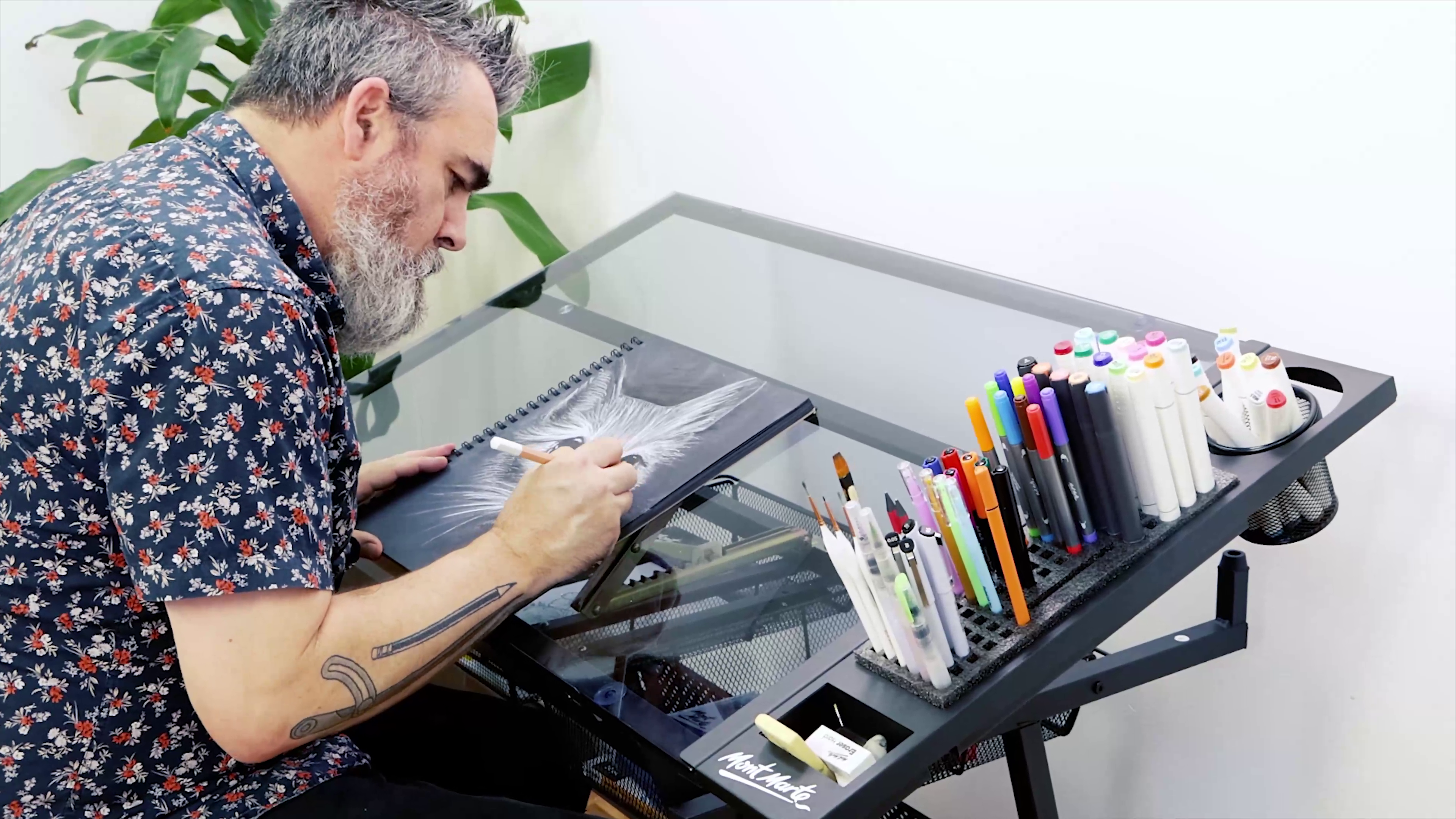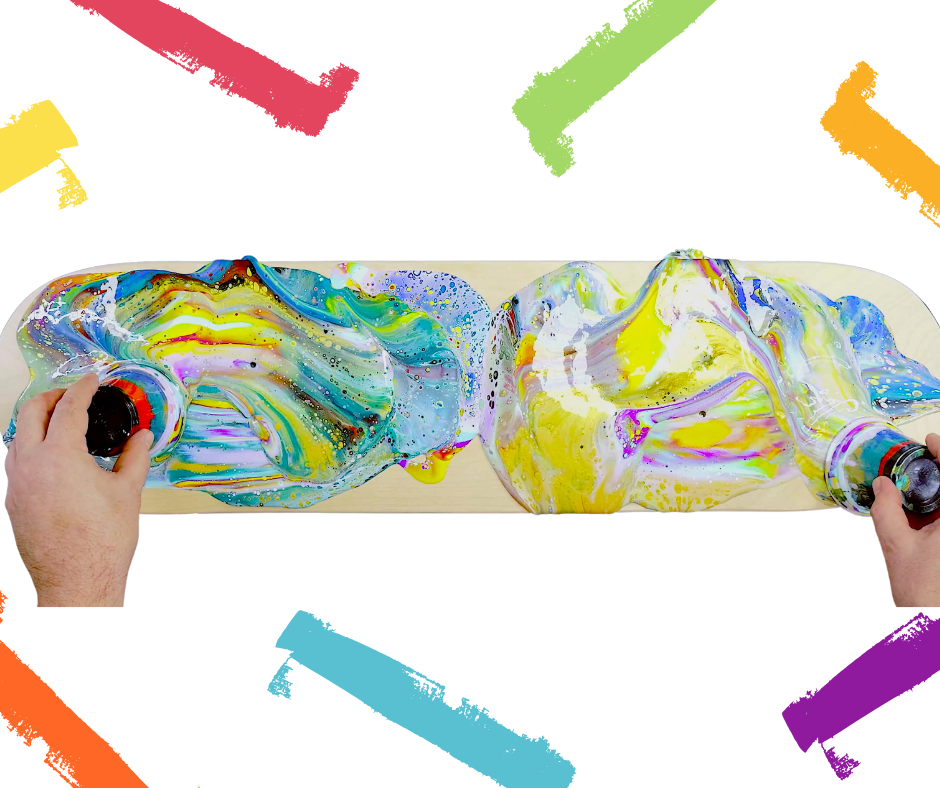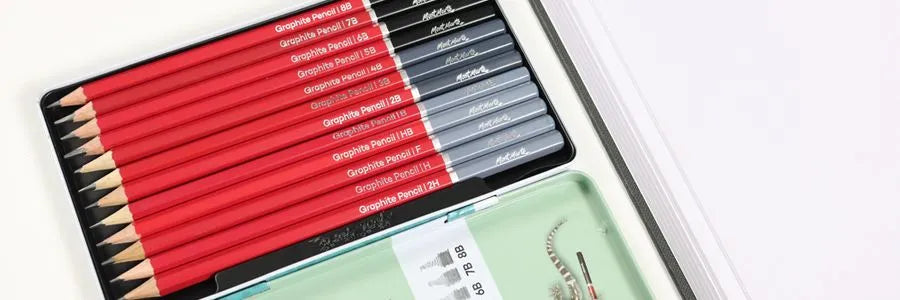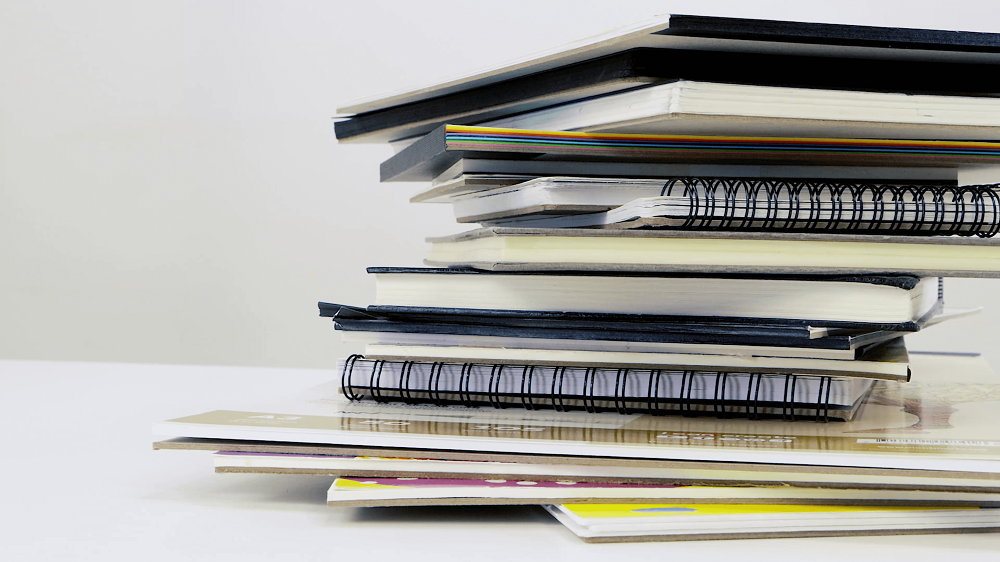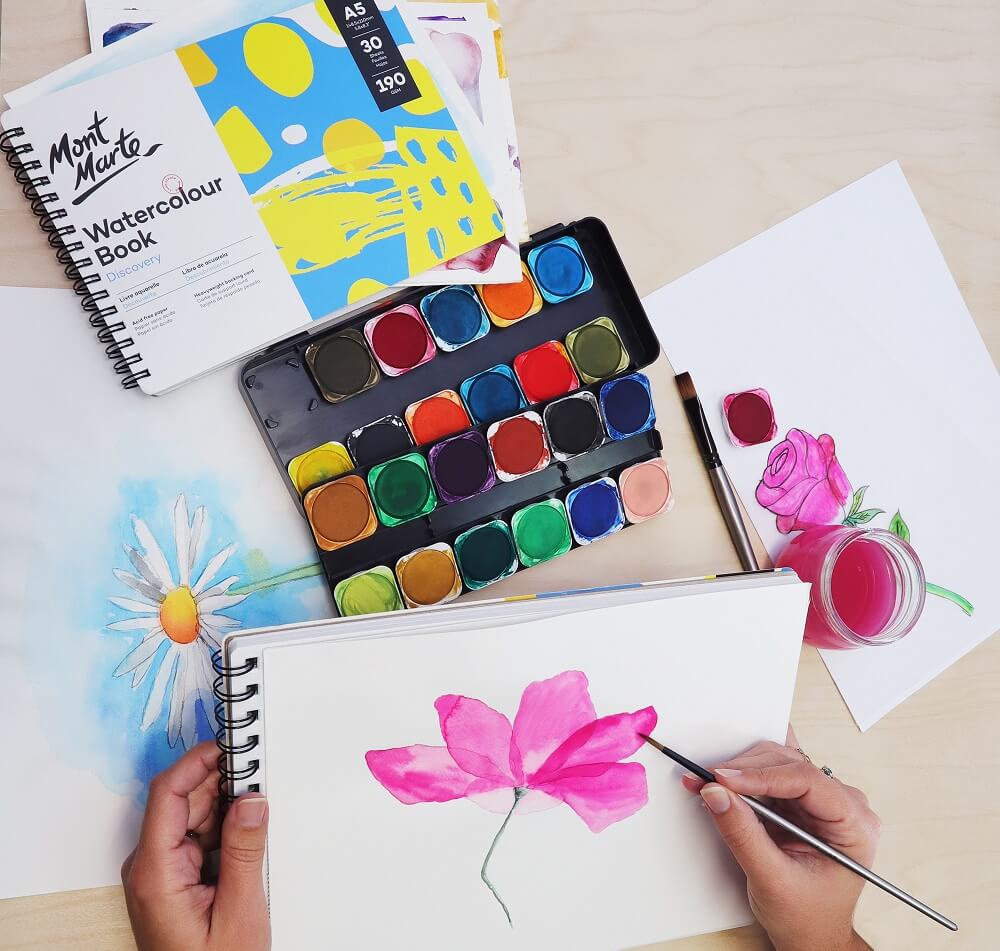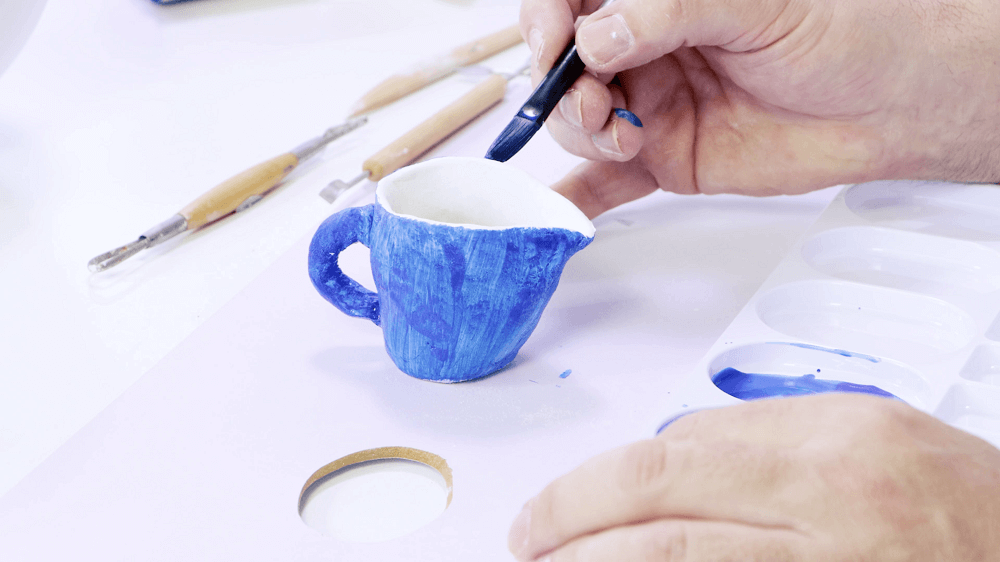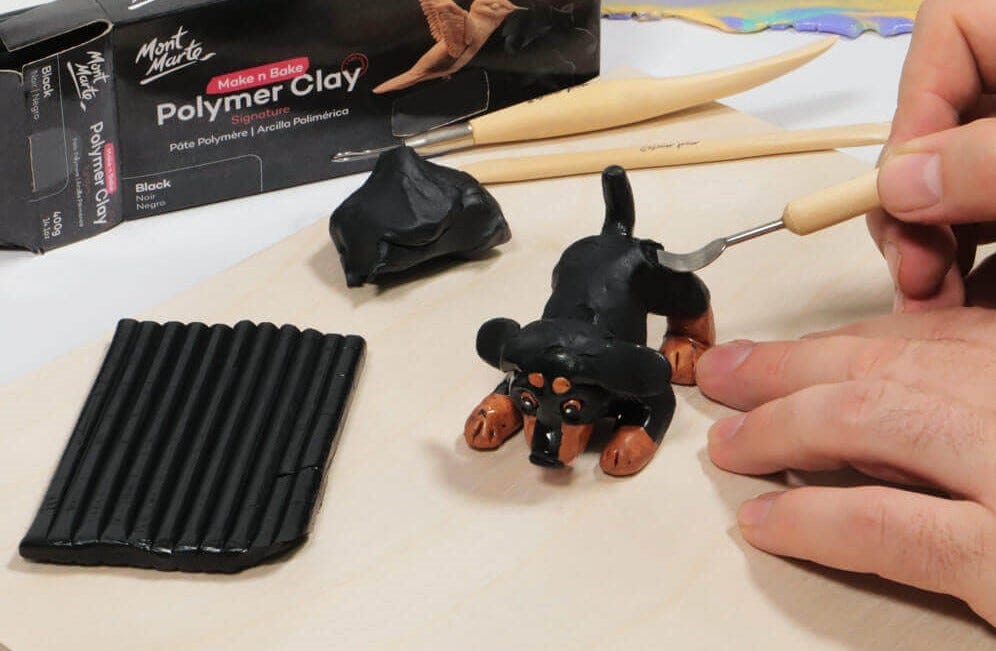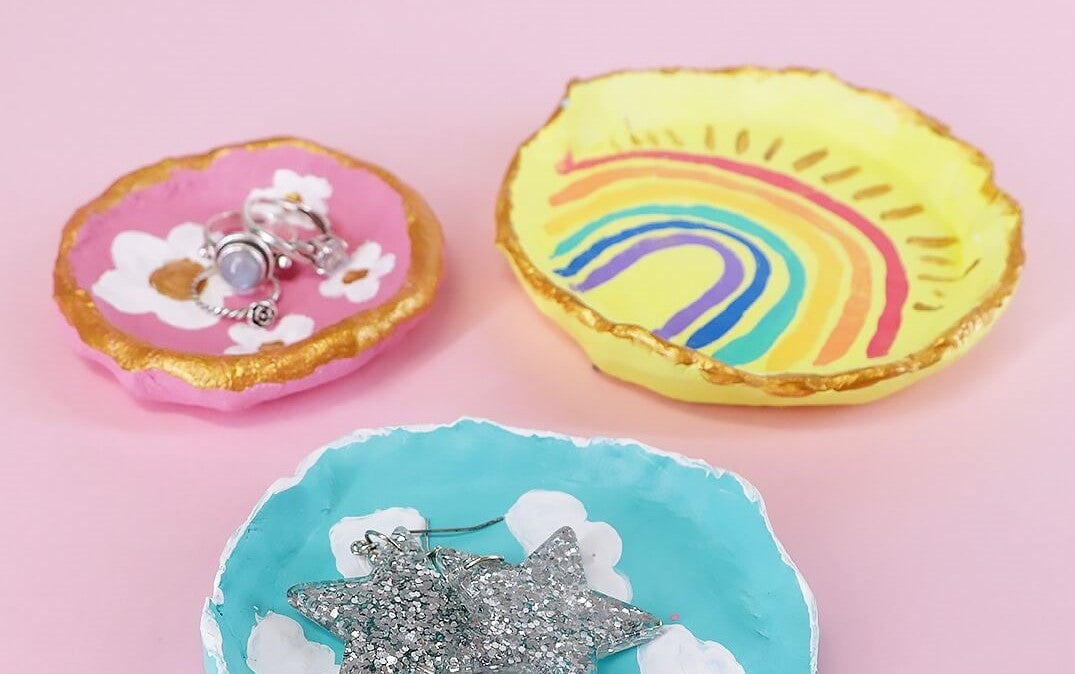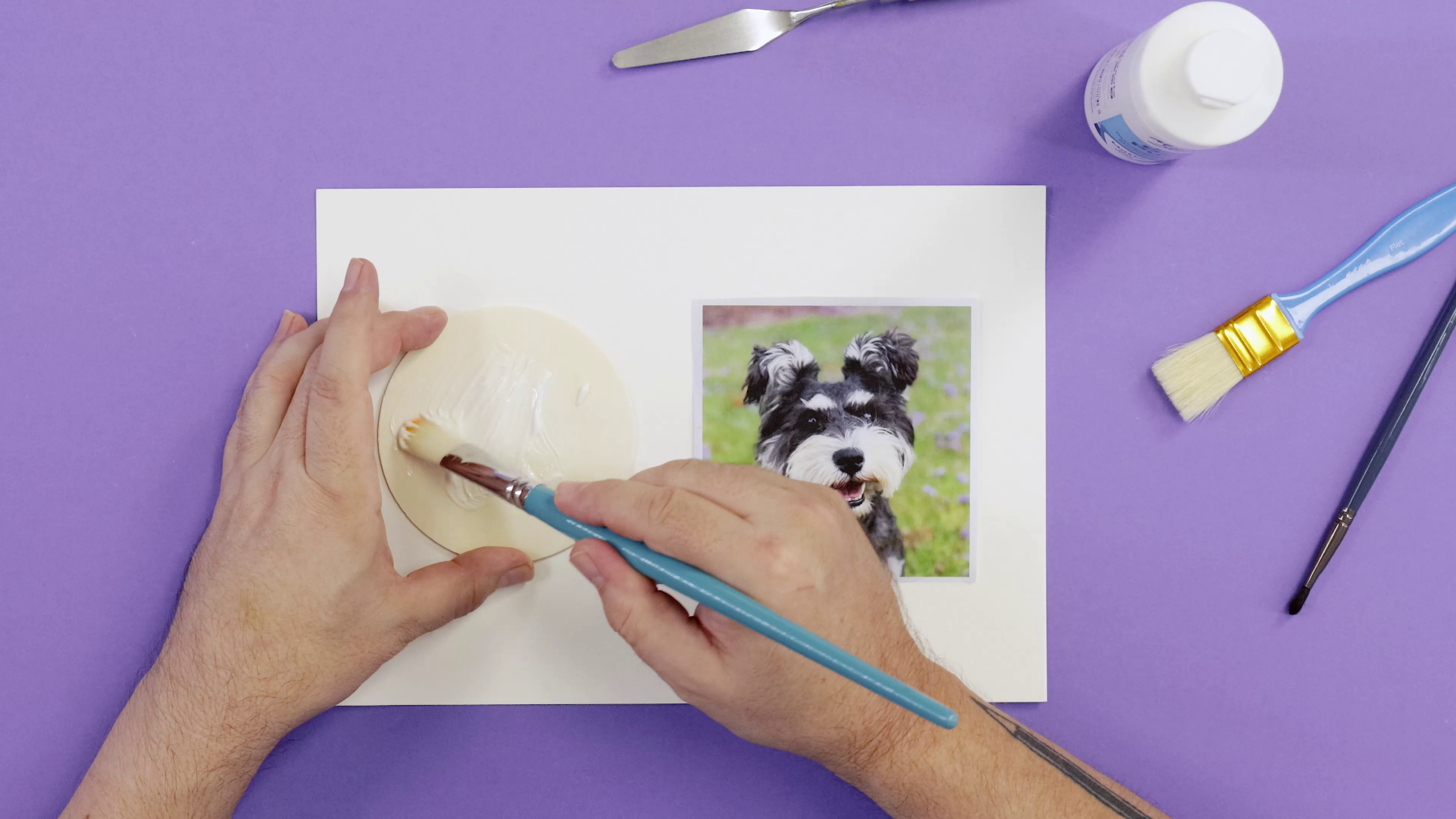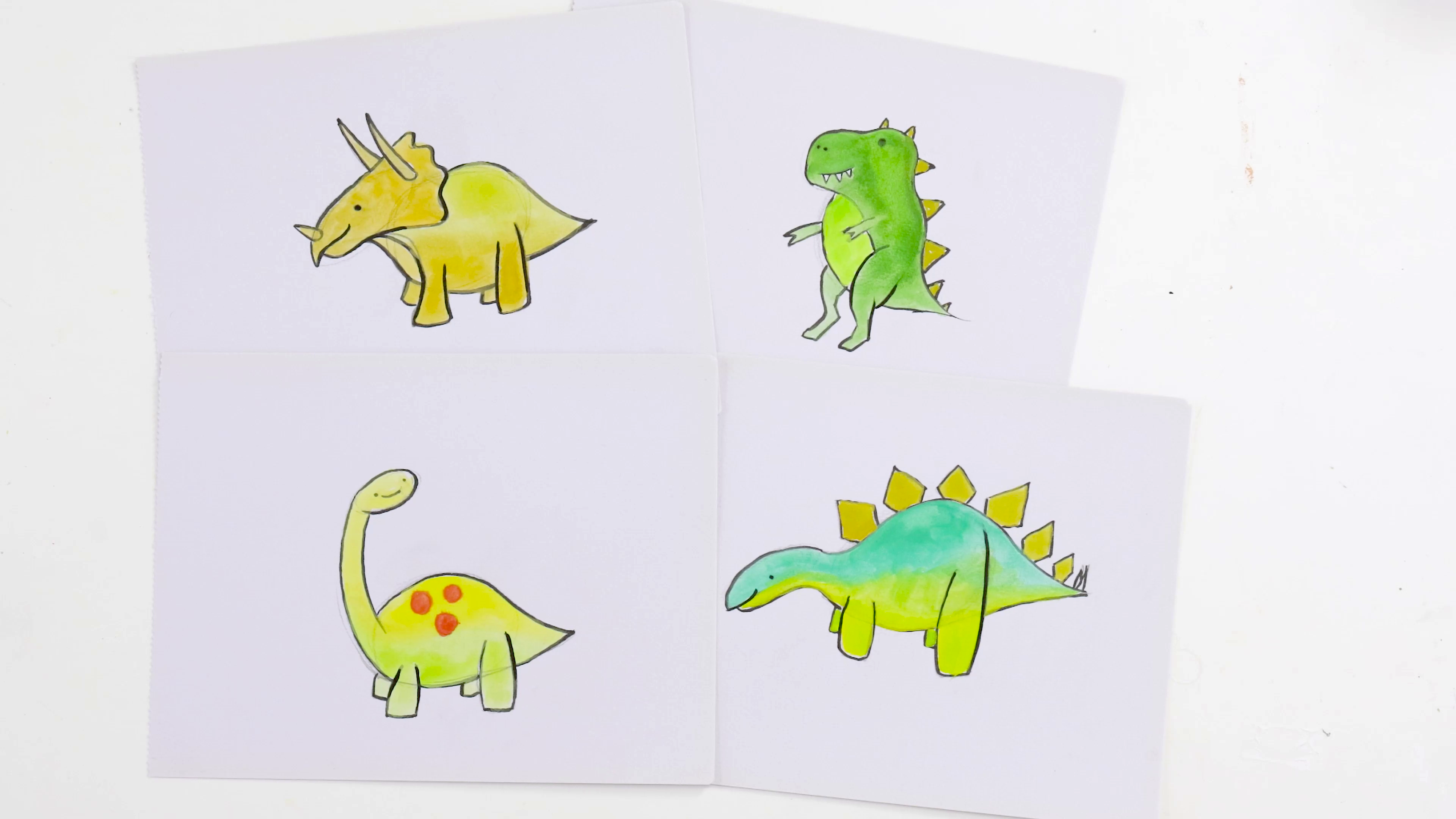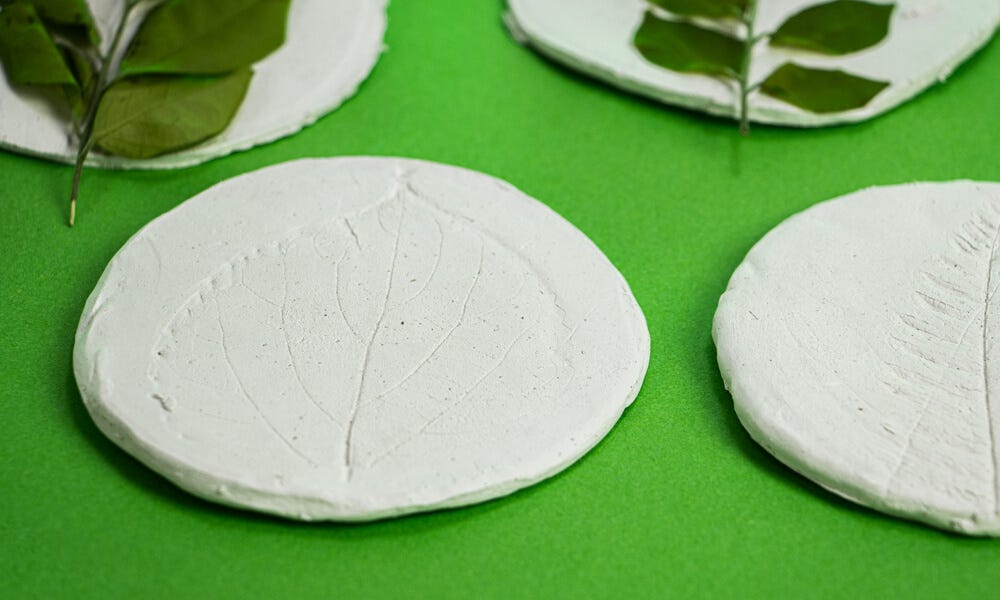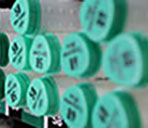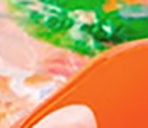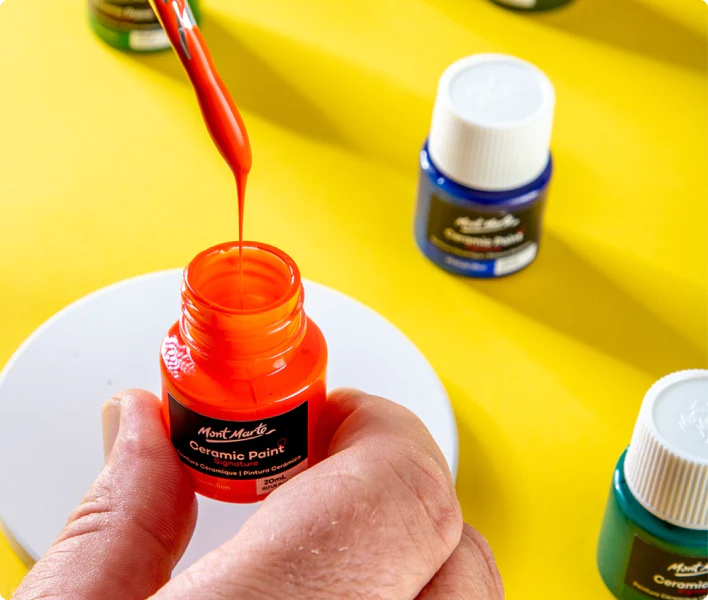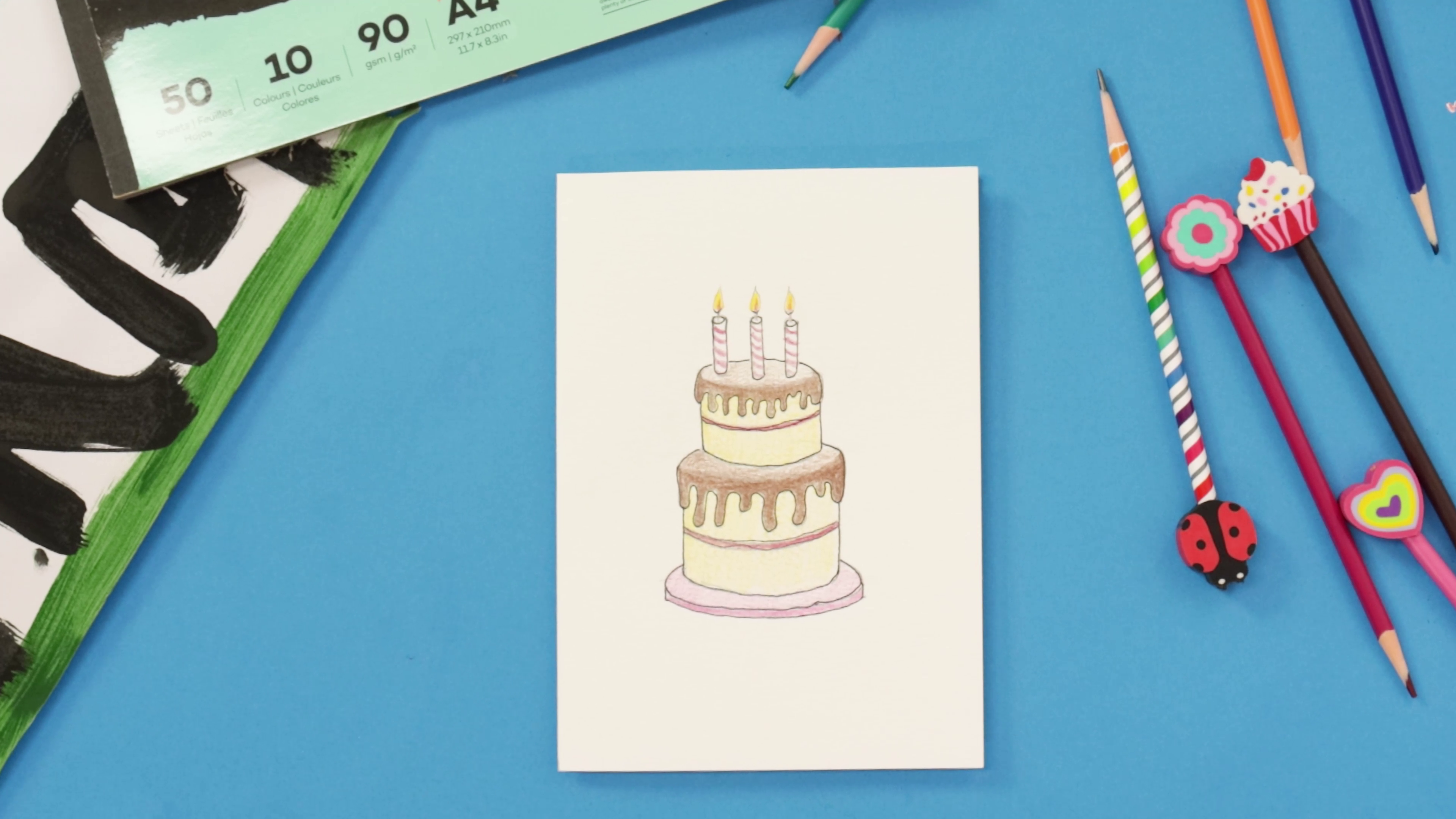Jump into this lesson and learn how to paint water! We walk you through seascape painting techniques from the base coat to the final touches, so you can see the painting slowly come to life. Grab some acrylic paints and an art surface and let’s dive into it!
Add a base colour
Start by coating your surface with white acrylic paint. This will create a base for you to blend your blues into, helping to make a softer palette to capture the moving ocean.
Sea and sky
Add blue to the bottom of your canvas, blending to create an ombre effect with the lightest point a couple of inches from the top.
Add in your horizon simply brushing a line of white across the lightest part of your ombre canvas. This is the point where your sea will meet the sky.
Clouds
Roughly paint some clouds into the sky portion of the surface by using a diluted white on your brush to create freeform triangle shapes. Be sure to leave the edges fluffy, with no sharp angles.
Blend the clouds out so they look wispy, with their tails blending into the sky colour.
Waves
Paint short lines close to each other just below the horizon line to capture the movement of the ocean in the distance. Use a flat brush for clean lines and blend them so they aren’t too sharp.
As you work down the page, the waves appear closer, so the outlines should be longer, thicker, and further apart. The waves closest to the bottom of the canvas will have thicker, more organic line shapes as the rippling water and rolling waves are in the foreground.
Soften the edges of the white lines, adding a light blue underneath the outlines of the middle group of waves to paint depth.
Use a darker blue under the wave lines closest to the bottom of the canvas.
Final steps
Blend your wave lines and blue tones so they are soft and meet each other seamlessly to capture the rolling movement of the waves. As they are in motion, there isn’t any need for hard lines or edges.
You may need to go back and forth between your blue shades to create smooth colouring across the artwork. Remember the closer waves have more depth and darker blues than the distant ones.
That’s about it! Acrylic painting water ripples is more simple than it looks if you blend out your paints, and your palette uses a soft blue colour scale. Hopefully, we showcased some helpful seascape painting techniques that inspire you to give them a go at home!
If you create something, #montmarteart or tag us @montmarteart on Instagram or Facebook as we’d love to see what you come up with.
We have similar blogs online in our Projects and How-to collection, and other cool artworks featured in our Inspo articles. If you need to pick up some supplies to try this project, check out our acrylic paints and canvases.


